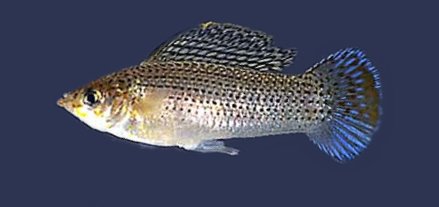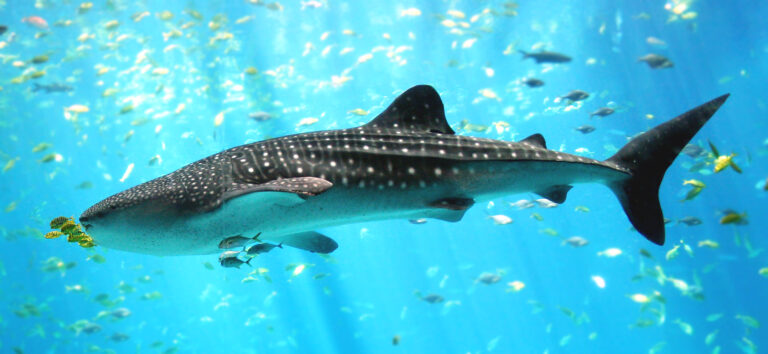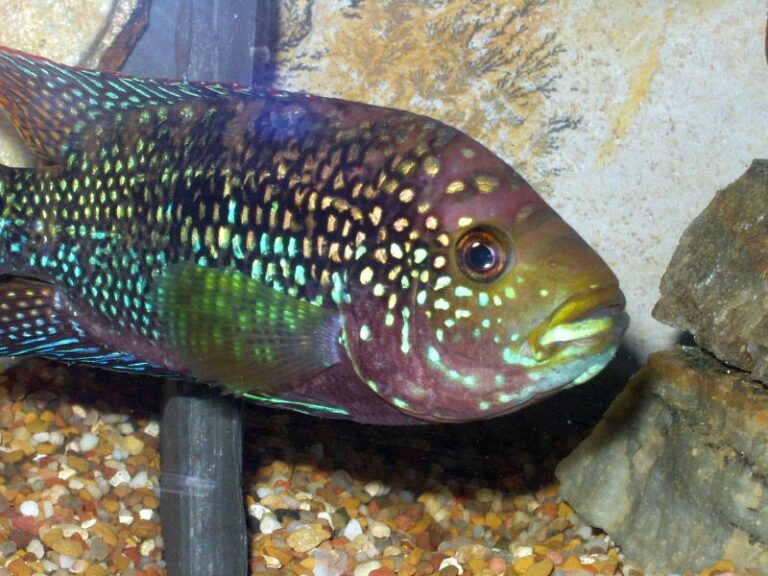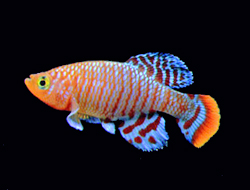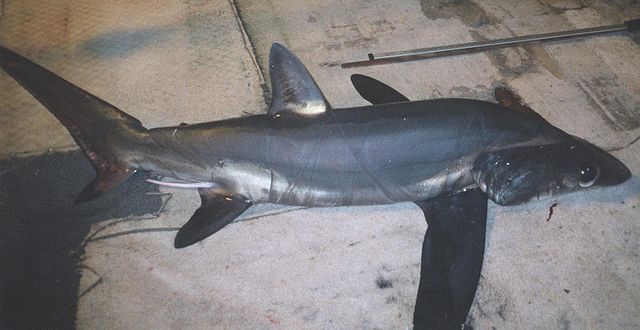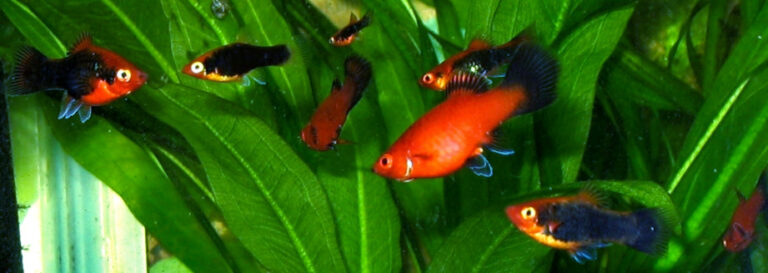How to Find Good Fishing Spots That Actually Produce Fish
By Adam Hawthorne | Last Modified: May 6, 2025
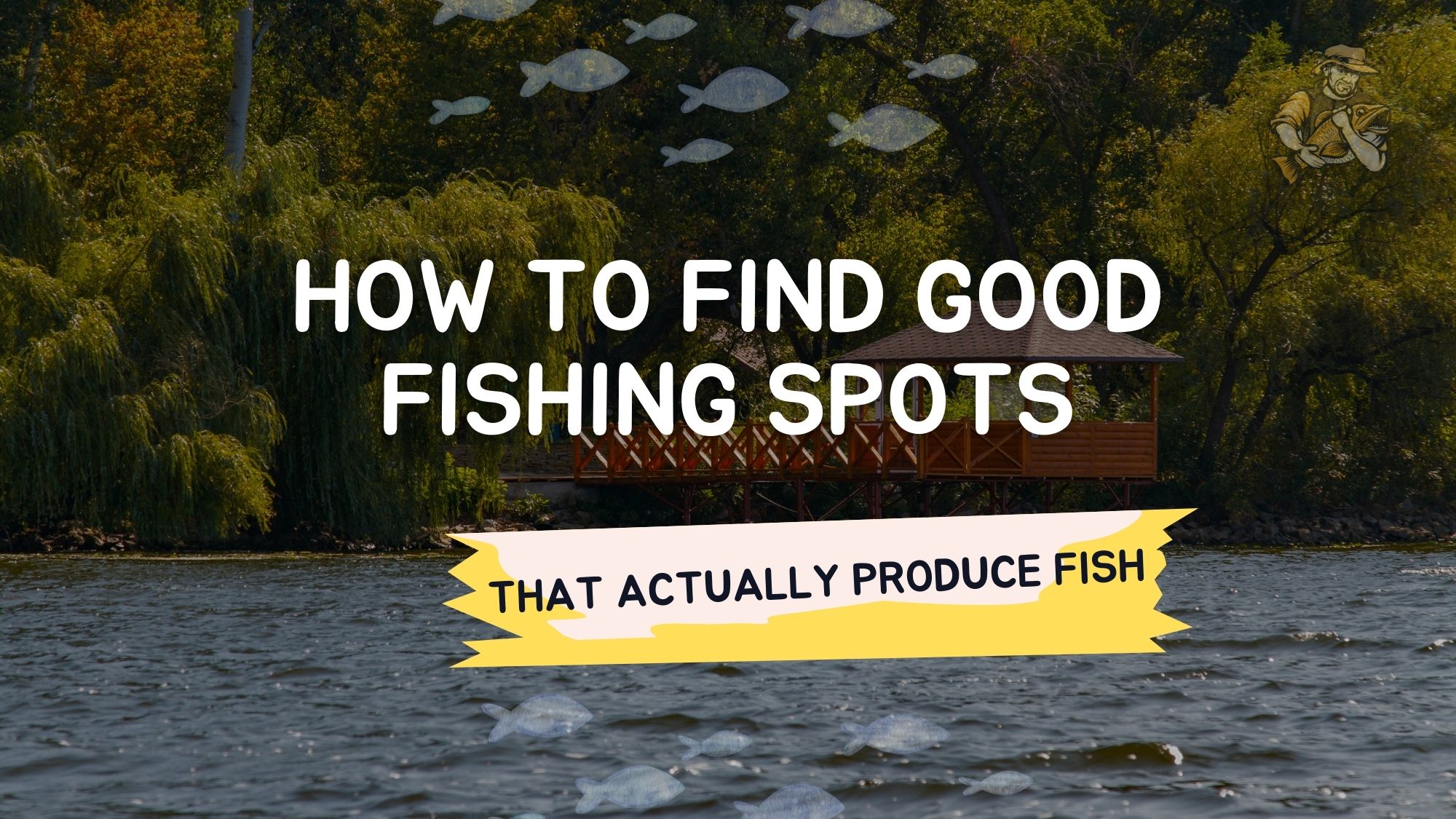
Finding productive fishing spots is often what separates successful anglers from those who go home empty-handed. It’s not just about having the right gear or mastering techniques – location is arguably the most critical factor in fishing success. After spending countless hours on various waters, I’ve discovered that consistent catches depend more on where you fish than almost anything else.
How to Find Good Fishing Spots Using Maps and Technology
Before even picking up your rod, modern technology offers powerful tools to identify promising fishing locations. Satellite imagery, fishing apps, and topographic maps can reveal underwater structures and features that attract fish.
Google Maps and Google Earth provide free satellite views that can show underwater contours, vegetation beds, and structural elements when water clarity permits. Look for points, coves, creek channels, and color changes in the water – these often indicate depth changes where fish congregate.
Fishing-specific apps like Fishbrain, Fishidy, and Navionics offer detailed information about water bodies, including depth contours, structure locations, and sometimes community-reported catches. Navionics provides incredibly detailed bathymetric (underwater topography) maps that show drops, humps, and channels where fish tend to hold.
According to TakeMeFishing.org, topographic maps from the U.S. Geological Survey can reveal stream inlets, underwater points, and other features that create prime fishing habitat. These maps are particularly valuable for freshwater locations.
Using Fishing Reports and Local Knowledge
Local fishing reports provide time-sensitive information about productive areas. Tackle shops, marinas, and fishing forums often share current hotspots and what’s working.
State natural resource department websites typically offer fishing reports for public waters. These reports frequently include specific locations where fish are being caught and which techniques are proving successful. For example, the Michigan DNR publishes weekly fishing reports that detail activity across the state’s major fishing waters.
Fishing forums and social media groups focused on specific regions can be goldmines of information. While some anglers guard their spots closely, many are willing to share general areas and patterns. Websites like Bass Fishing Home host active forums where anglers discuss productive locations and strategies.
When researching online, look for recurring mentions of specific areas. If multiple sources reference the same location, that’s often a strong indicator of a quality fishing spot.
Physical Features That Attract Fish
Understanding what makes a good fishing spot requires knowing what fish need: food, oxygen, comfort, and protection. Certain physical features consistently provide these necessities.
Structure and Cover
Fish relate to structure – any physical feature that creates irregularity in an otherwise featureless environment. This includes points, humps, drop-offs, and channel edges. Structure provides ambush points for predatory fish and navigation routes for migratory species.
Cover offers protection and shade. This includes submerged logs, rock piles, vegetation, and man-made structures like docks and bridges. According to Bassmaster.com, the intersection of multiple types of cover creates especially productive “sweet spots” where fish concentrate.
I’ve noticed that where a depth change meets cover – like where a weed edge borders a drop-off – fish activity often increases dramatically. These transition zones create perfect feeding stations for predatory fish.
Water Flow and Oxygen Levels
Areas with water movement typically hold more fish. Current creates feeding opportunities and increases oxygen levels, which attracts baitfish and predators alike.
In rivers and streams, look for:
- Eddies behind large rocks or fallen trees
- Seams where fast and slow currents meet
- Deep pools below rapids
- Undercut banks where current has carved out hiding spots
The U.S. Fish and Wildlife Service notes that stream fish typically position themselves facing upstream, waiting for food to drift down. Understanding this behavior helps you present your bait naturally.
In lakes, wind-blown shorelines often concentrate fish. Wind pushes plankton, which attracts baitfish, which in turn attracts larger predators. The agitation also increases oxygen levels and reduces visibility, giving fish a sense of security while feeding.
Temperature Considerations
Fish are cold-blooded, making water temperature a critical factor in their location. Each species has preferred temperature ranges where they feed most actively.
During summer, deeper water or shaded areas provide cooler refuge. In spring and fall, shallow areas that warm quickly often hold more active fish. Research published in the North American Journal of Fisheries Management has documented how seasonal temperature changes drive fish migration and feeding patterns.
Temperature gradients, where different water temperatures meet, create productive fishing zones. These thermoclines concentrate baitfish and create feeding opportunities for larger predators.
Seasonal Patterns in Fishing Spots
Fish locations change predictably with the seasons. Understanding these movements helps identify productive spots throughout the year.
Spring Fishing Locations
In spring, fish typically move to shallow water as it warms faster than deeper areas. Look for north-facing shorelines that receive maximum sun exposure. These areas warm more quickly and often attract the first actively feeding fish of the season.
Spawning areas become hotspots during spring. Research spawning habits of your target species and look for appropriate habitat – sandy or gravelly bottoms for bass, tributary mouths for walleye, or flooded vegetation for pike.
Summer Patterns
As water temperatures rise in summer, many fish species seek deeper, cooler water during daylight hours. Early mornings and evenings often see movement into shallower feeding areas.
Structure near deep water becomes particularly productive, offering fish quick access to both feeding and comfort zones. Main lake points, offshore humps, and the edges of deep weed beds hold fish throughout summer.
According to the In-Fisherman fishing network, summer fish often follow daily vertical migrations, moving up and down in the water column as light and temperature conditions change.
Fall Locations
Fall triggers feeding binges as fish prepare for winter. Many species return to shallower areas as water temperatures cool, making shoreline structure productive again.
Baitfish schools become a key locational factor in fall. Using fish finders to locate baitfish concentrations often leads to predatory fish. Areas with current or wind-generated water movement typically hold active fish.
Winter Fishing Spots
For ice fishing or open water winter fishing, deep structural elements often hold the most consistent action. Basin edges, channel swings, and the deepest available cover attract fish seeking stable conditions.
Community holes – areas known to produce through the ice – often remain productive year after year. The Ice Team community has documented how underwater geography creates these consistent winter hotspots.
Finding Public Access Fishing Locations
Not all good fishing spots are accessible. Identifying quality water that you can legally fish is crucial.
State and federal agencies maintain public fishing areas with confirmed access. The U.S. Forest Service manages millions of acres with excellent fishing opportunities on public land. National parks, state parks, and wildlife management areas also provide access to quality waters.
Many states offer interactive maps showing public access points. These resources identify boat ramps, shore fishing opportunities, and public piers. Some even rate the quality of fishing at each location.
Urban fishing programs have created surprising opportunities in metropolitan areas. City parks, restored urban waterways, and community ponds often receive regular stockings and management attention, creating productive fishing close to home.
Using Public Lands for Fishing Access
Public land boundaries often provide access to waters that might otherwise be inaccessible. Bureau of Land Management (BLM) lands, national forests, and state game lands frequently border quality fishing waters.
Smartphone apps like onX Hunt and FishHead can display property boundaries and public land access points, helping you find legal entry to promising waters. These tools have transformed my ability to discover new fishing spots when exploring unfamiliar areas.
Using Fish Finders and Electronics
Modern electronics dramatically improve your ability to locate productive fishing spots when on the water. Sonar units reveal underwater structure and directly show fish locations.
Basic fish finders display depth, bottom hardness, and suspended targets. More advanced units offer side-imaging, down-imaging, and 360-degree views that create detailed underwater maps. The fishing electronics company Humminbird provides educational resources on interpreting sonar returns.
I’ve found that learning to identify subtle differences in bottom composition can lead to discovering prime fishing areas that others miss. Hard-to-soft bottom transitions often concentrate feeding fish but may not be obvious without electronics.
GPS capabilities let you mark productive spots for future visits. Building a personal database of waypoints creates a valuable resource that improves with each fishing trip. When I find a particularly productive spot, I always save several waypoints to mark its exact boundaries.
Field Signs That Indicate Good Fishing Spots
When you’re on the water, nature provides clues about where fish might be feeding.
Surface Activity
Surface disturbances – rings, splashes, dimples, or boils – often indicate feeding fish. Early mornings and evenings typically show the most visible activity.
Birds feeding near the water often signal productive areas. Diving birds like ospreys, herons, and kingfishers directly target fish. Hovering gulls and terns often indicate baitfish schools, which attract larger predators.
The National Wildlife Federation has observed that following bird activity has been a fishing location strategy for generations of successful anglers.
Underwater Indicators
Clear water lets you spot underwater features directly. Weed edges, rock piles, submerged logs, and color changes in the bottom all suggest potential hotspots.
In flowing water, bubble lines show current seams where food collects and fish feed. Areas where current slows or creates back eddies concentrate food particles and attract fish.
Testing and Confirming Productive Spots
Finding potential fishing spots is just the beginning. Confirming their productivity requires fishing them effectively.
The Elimination Process
When exploring new water, use a systematic approach to cover potential hotspots efficiently. Start with high-percentage areas based on the season and conditions, then expand your search if needed.
I’ve found that spending 15-30 minutes in a location is usually sufficient to determine if fish are active there. If you don’t get bites relatively quickly, move to another promising area rather than waiting all day for fish to activate.
Keep detailed notes about productive spots, including:
- Exact location (GPS coordinates when possible)
- Water depth and nearby structure
- Weather conditions when fish were active
- Time of day and season
- What techniques produced catches
This information builds a valuable database that helps identify patterns over time.
Making the Most of Found Spots
Once you’ve located a productive spot, thoroughly explore its boundaries and features. Often the most active fish relate to a specific part of structure – the point of a point, the inside turn of a weed edge, or the deep side of a hump.
According to professional guides at WiredFishing, the ability to precisely position your boat and presentations on the most productive portion of structure separates expert anglers from casual fishermen.
FAQ: Finding Good Fishing Spots
How do fishing maps help locate productive spots?
Fishing maps show underwater contours, depths, and structure that aren’t visible from the surface. These maps highlight drops, humps, points, and other features that concentrate fish. Many modern fishing maps also mark known fishing hotspots and provide seasonal information about fish movement patterns.
What’s the best time of day to scout new fishing locations?
Early morning and late afternoon typically offer the best conditions for scouting. Fish are often more active during these periods, making them easier to locate. The lower angle of sunlight also reduces glare, improving visibility into the water. Additionally, reduced boat traffic during these times means less disturbance to fish behavior.
How important is water clarity when looking for fishing spots?
Water clarity significantly impacts where fish position themselves. In clear water, fish typically hold tighter to cover and structure for security. They may also feed in deeper water or during low-light periods. In stained or murky water, fish often position in shallower areas and may be more active throughout the day.
Can weather conditions help identify good fishing spots?
Absolutely. Weather influences water temperature, oxygen levels, and fish activity. During stable high-pressure periods, fish often hold tighter to structure in predictable locations. When pressure drops before storms, fish frequently feed more aggressively in exposed areas. Wind direction pushes food sources and creates advantageous feeding zones along certain shorelines.
How do I find good bank fishing spots without a boat?
Focus on public access areas like parks, bridge crossings, and designated fishing piers. Look for areas where deeper water approaches the shore, such as points, outside bends in rivers, or steep banks.
Should I keep my good fishing spots secret or share them?
This is a personal decision based on several factors. Heavily pressured or delicate fisheries may benefit from discretion to prevent overcrowding. However, sharing information with trusted fishing partners or mentoring new anglers by showing them productive areas helps build community and preserve fishing traditions. Consider selective sharing – offering general areas rather than exact spots.
Final Thoughts on Finding Productive Fishing Spots
Finding good fishing spots combines research, technology, and old-fashioned observation. The most successful anglers develop a systematic approach to locating productive water and continuously refine their understanding of fish behavior and habitat preferences.
Remember that conditions change seasonally and even daily. A spot that produces excellent catches one day may be quiet the next as fish respond to changing conditions. Building a repertoire of reliable locations for different scenarios ensures more consistent success.
The satisfaction of discovering and successfully fishing a productive spot you’ve found through your own efforts adds immeasurably to the fishing experience. Each new location you identify becomes part of your growth as an angler and contributes to a lifetime of fishing knowledge.

Meet Adam Hawthorne
I’m a lifelong fishing enthusiast who’s spent years exploring rivers, lakes, and oceans with a rod in hand. At Fishing Titan, I share hands-on tips, honest gear reviews, and everything I’ve learned about fish and ocean life, so you can fish smarter and enjoy every cast.
Share:

Meet Adam Hawthorne
I’m a lifelong fishing enthusiast who’s spent years exploring rivers, lakes, and oceans with a rod in hand. At Fishing Titan, I share hands-on tips, honest gear reviews, and everything I’ve learned about fish and ocean life, so you can fish smarter and enjoy every cast.
Related Articles
-
Black Molly
The Black Molly represents one of the most recognizable and enduring species in the freshwater aquarium trade, captivating both novice and experienced aquarists with its…
-
Whale Shark
The whale shark (*Rhincodon typus*) stands as the ocean’s largest fish species, representing one of nature’s most remarkable gentle giants. Despite its imposing size, reaching…
-
Stonecat
The Stonecat (Noturus flavus) represents one of North America’s most distinctive freshwater catfish species, serving as a crucial indicator of stream health and ecosystem balance….
-
Marigold Swordtail
The Marigold Swordtail (Xiphophorus hellerii var. marigold) stands as one of the most vibrant and sought-after color variants within the freshwater aquarium trade. This selectively…
Fish Species
-
Jack Dempsey Fish
The Jack Dempsey Fish stands as one of Central America’s most distinctive cichlid species, captivating aquarists and researchers alike with its remarkable behavioral complexity and…
-
Killifish
Killifish represent one of the most diverse and ecologically significant groups of small freshwater and brackish water fish, comprising over 1,270 species within the order…
-
Bigeye Thresher Shark
The Bigeye Thresher Shark represents one of the ocean’s most extraordinary predators, distinguished by its dramatically elongated tail fin that can extend up to half…
-
Tuxedo Platy
The Tuxedo Platy (Xiphophorus maculatus) stands as one of the most recognizable and beloved freshwater aquarium fish species, distinguished by its striking black and white…

